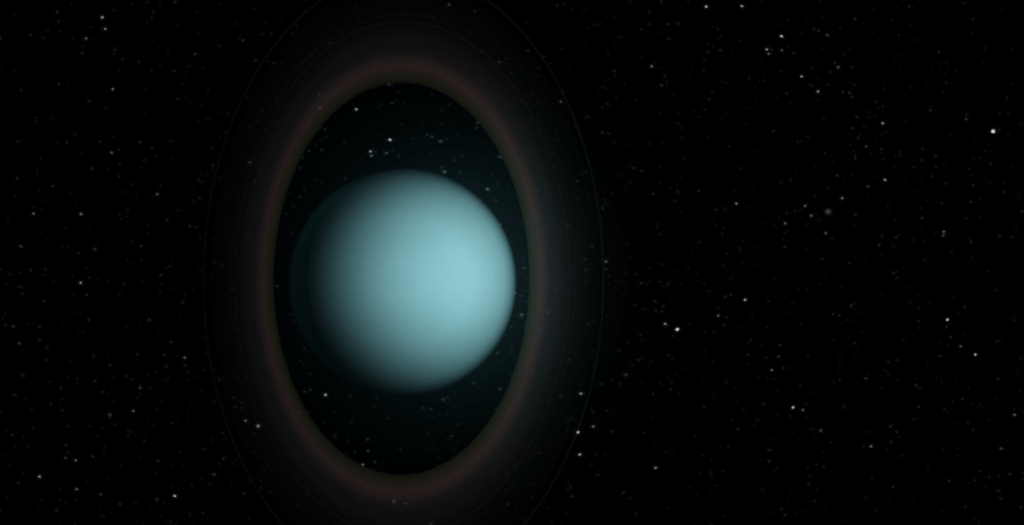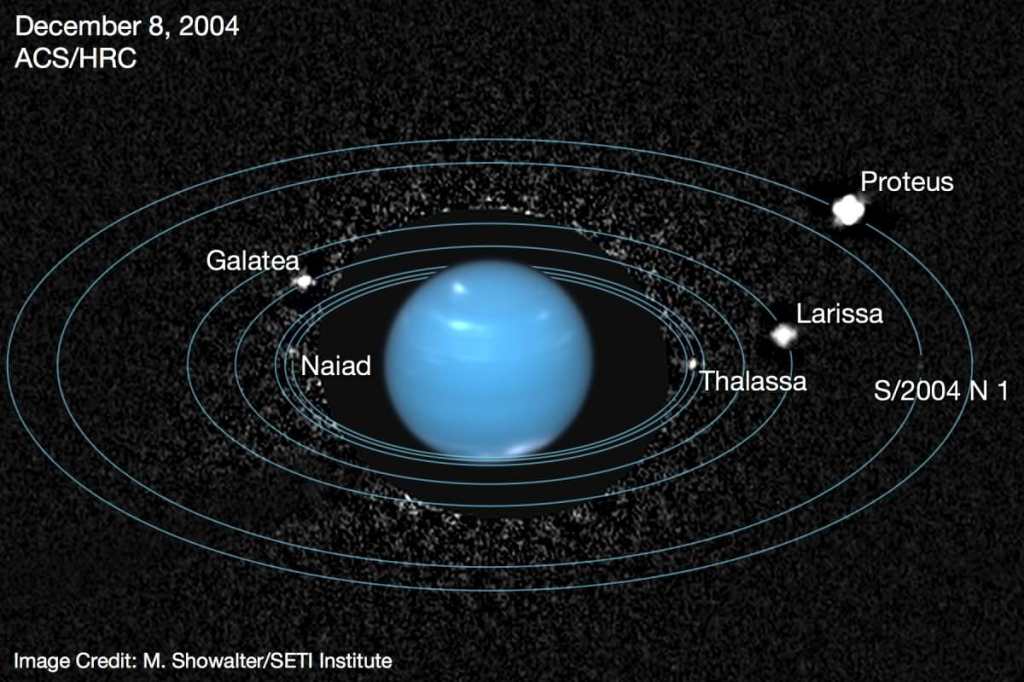
When quizzed about planetary characteristics in elementary school, the typical questioned asked when referring to Saturn is, “Which planet in the solar system has rings?” While answering Saturn is not incorrect, it isn’t completely correct either. Other planets with rings in our solar system are Jupiter, Uranus, and Neptune. A more accurate way to ask this question is, “Which planet in our solar system is known for having visible rings?”

Planetary rings are, essentially, orbiting disks around a planet that are comprised of debris and other materials. These planets that are lesser known for their rings are all gas giants. Due to their size, gas giant planets, which are Jupiter, Uranus, Saturn, and Neptune, have a higher gravitational pull compared to the terrestrial planets and it all has to do with size. Gas giants have more moons and more objects that get stuck in orbit around these planets, which explains how these rings form. The only outstanding feature that makes Saturn’s rings stand out more than other rings present in our solar system are the size and the brightness that makes them more visible.

You are so right about other planet’s rings not getting enough love! Do you think that the others planets rings might become visible one day or do you think that the planets are more likely to lose them over time? Or will nothing change?
LikeLike
I don’t think they will become visible over time due to the nature of the composition of the rings. Their position makes them difficult to be seen from our position on Earth, but I also don’t think that they will be lost, unless the graviational pull of the planets decrease.
LikeLike